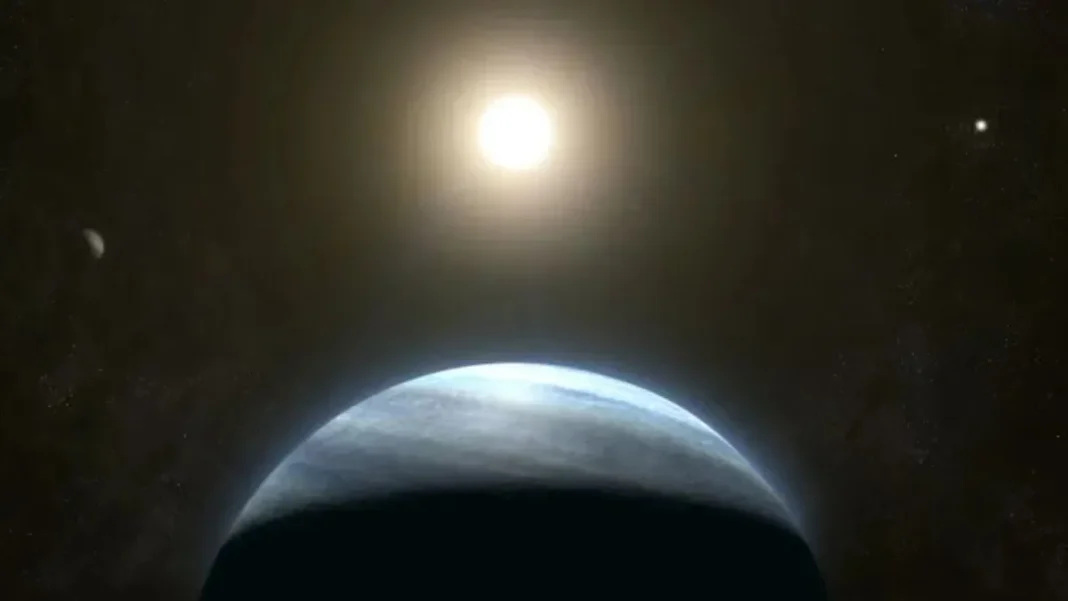James Webb Telescope Reveals Mini-Neptunes Have Solid Surfaces, Not Magma Oceans
In a groundbreaking discovery, the James Webb Space Telescope has revealed that mini-Neptune exoplanets likely have solid rocky surfaces rather than global magma oceans as previously believed. This finding challenges long-standing astronomical theories about these abundant planets.
Key Takeaways
- Mini-Neptunes likely have solid rock surfaces under extreme pressure
- JWST detected heavy molecules indicating thick, pressurized atmospheres
- Discovery challenges planetary formation models and habitable zone assumptions
JWST Overturns Magma Planet Theory
Using the James Webb Space Telescope, researchers investigated the atmospheric composition of a mini-Neptune and made a surprising discovery. Instead of detecting only light gases, the telescope found heavier molecules in the upper atmosphere, indicating the atmosphere is far thicker and more pressurized than previously thought.
The new models suggest:
- Extreme atmospheric pressure forces molten rock into solid form
- Crust behaves similarly to carbon turning into diamond under pressure
- Planets likely have solid rock “floors” rather than lava oceans
- Earlier assumptions about magma-covered mini-Neptunes were incorrect
Implications for Planetary Science
Mini-Neptunes are among the most common planets in our galaxy. If many possess solid surfaces, this discovery could fundamentally challenge several established models of planetary formation.
The significance of this finding includes:
- Challenges the assumption that other solar systems resemble our own
- Provides new understanding of rocky versus molten planet evolution
- Offers clues about how Earth-like planets could emerge
- Could redirect where astronomers search for potentially habitable worlds
Determining whether exoplanets are solid or molten helps scientists interpret surface chemistry, atmospheric behavior, and internal structure. By revealing what lies beneath the thick cloud layers of mini-Neptunes, researchers can now make more specific categorizations of exoplanets and refine their search for Earth-like planets.
The JWST study demonstrates how next-generation telescopes are rewriting cosmic theories once considered settled, opening new frontiers in our understanding of planetary formation across the universe.




